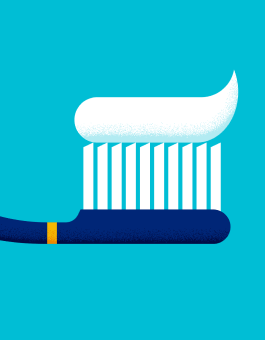In the United States, the opioid epidemic continues unabated, with a record high of well over 100,000 deaths in 2021.1 To reverse course, treatment for opioid use disorder (OUD) is a major public health priority.
The primary evidence-based treatment for OUD is medication-assisted treatment (MAT). Research has shown the medication buprenorphine to be highly effective in treating OUD, cutting the risk of death by overdose in half.2
Removal of the X-Waiver requirement
The Drug Addiction Treatment Act of 2000 authorized the outpatient use of buprenorphine for the treatment of OUD. However, providers needed to obtain an addendum, known as an X-Waiver, to their Drug Enforcement Administration (DEA) license to prescribe buprenorphine. If a provider didn’t have this waiver, they were unable to prescribe the medication even if they received training and had the expertise.
As of January 12, 2023, this federal requirement ended. The change means that providers with current DEA registration that allows them to prescribe schedule III drugs may now treat OUD without the X-Waiver, with no limits on the number of patients treated, if permissible by applicable state law.
Screening members for OUD in the hospital setting
Members with OUD can often be frequent users of emergency department care. This makes the hospital setting one of the best opportunities for providers to connect members with evidence-based treatment.
Because it’s critical to treat as many members with OUD as possible, UnitedHealthcare developed and is in the process of scaling a value-based program to incentivize hospitals to perform a universal screening and initiate treatment if needed. Removal of the X-Waiver requirement removes a significant barrier to MAT with buprenorphine and allows hospital staff to connect members to outpatient treatment, which could be with a primary care provider.
Screening and MAT prescribing in the hospital setting are part of a larger, holistic effort to help primary care providers who have the appropriate DEA registration, and where state regulations permit it, to treat OUD using evidence-based treatment protocols.
Increase accessibility, decrease stigma
The X-Waiver requirement contributed to an underutilization of an evidence-based intervention. Its elimination is a win for access to care, particularly for individuals who experience racial disparities or reside in rural settings. For patients actively seeking MAT for OUD, there’s less of a burden to find a provider with the X-Waiver requirement who is willing and able to prescribe.
There is still a stigma around treating people with OUD with buprenorphine and providers who aren’t comfortable doing so but positive improvements are possible. Although each state will have its own requirements to prescribe the medication, the removal of the X-Waiver offers a psychological benefit and normalizes treating OUD just as providers would treat other chronic conditions.












